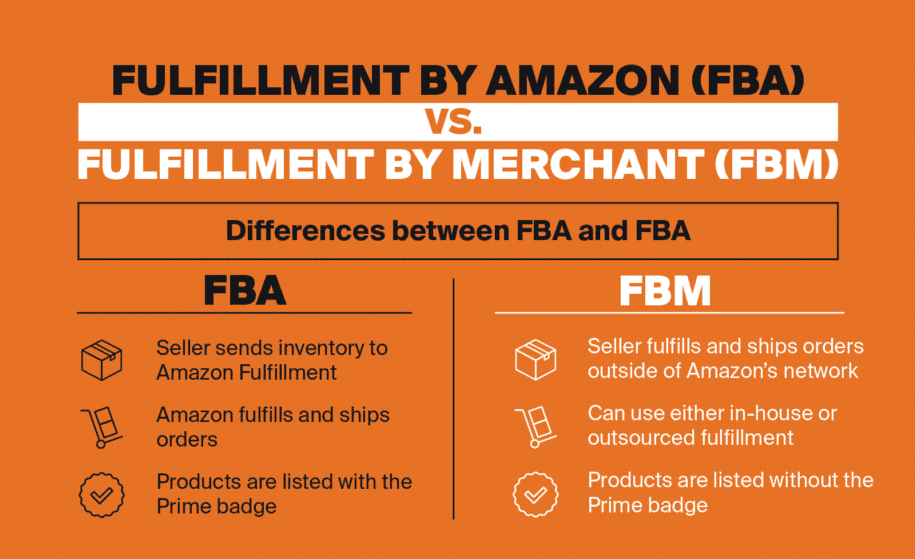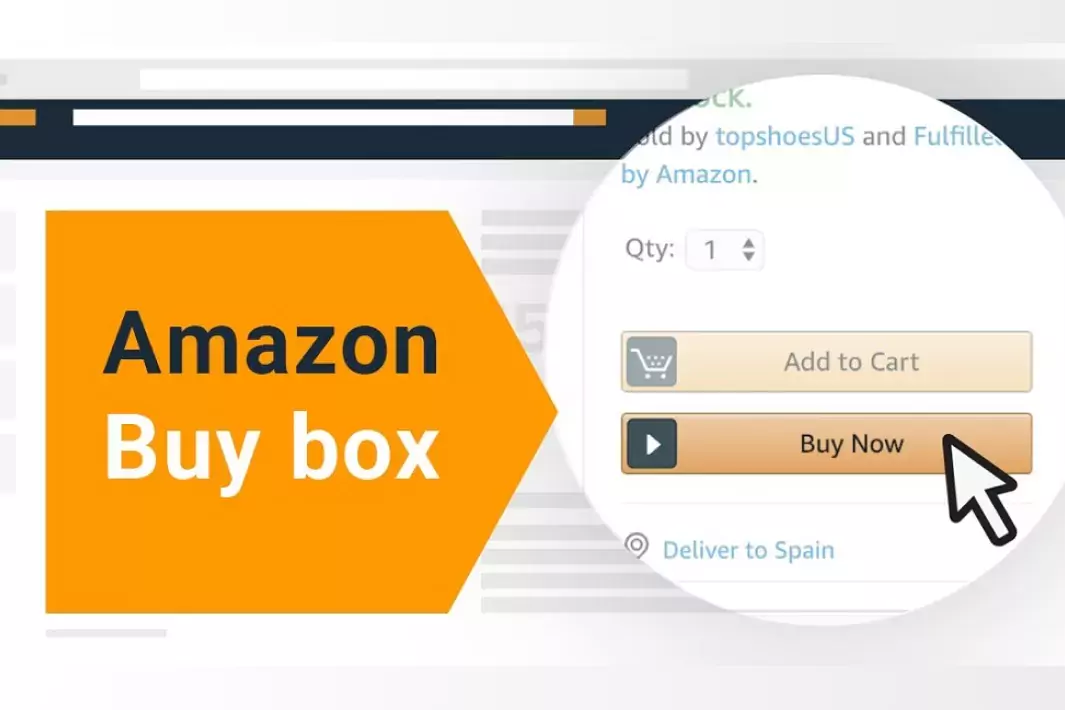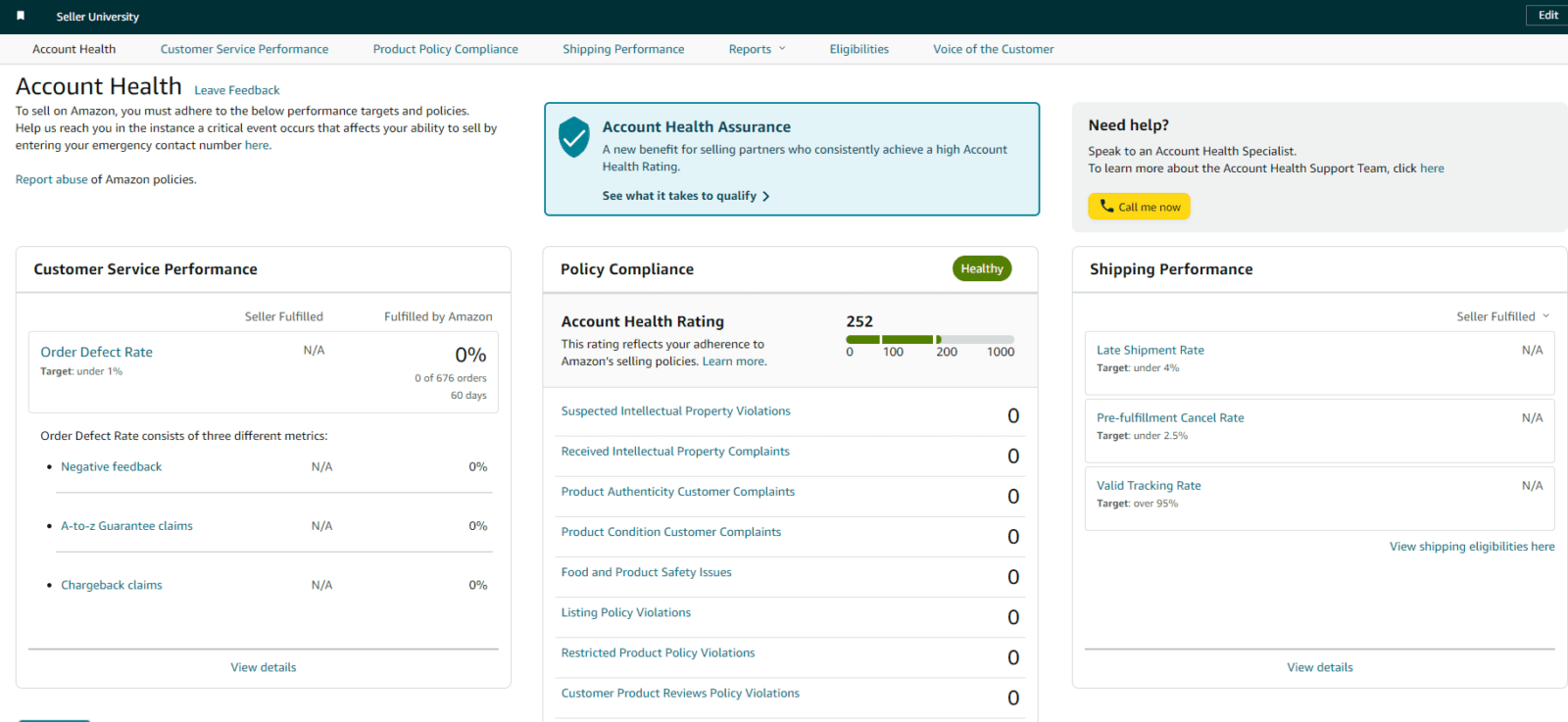How to Become a Seller on Amazon

Becoming a seller on Amazon is an exciting opportunity for entrepreneurs and businesses to reach millions of potential customers worldwide. With its vast customer base and user-friendly platform, Amazon offers an excellent platform for sellers to showcase and sell their products. In this article, we will guide you step-by-step on how to become a successful seller on Amazon, covering everything from setting up your account to scaling your business and dealing with challenges.
Understanding Amazon Seller Central
Before you start selling on Amazon, it’s essential to familiarize yourself with the Amazon Seller Central platform. Seller Central is the dashboard where you manage your seller account, inventory, product listings, orders, and customer communications. It is the central hub for all your selling activities on Amazon.
Setting Up Your Seller Account
3.1. Creating Your Amazon Seller Account
To begin, visit the Amazon Seller Central website and sign up for an account. You’ll need to provide essential information such as your business name, address, contact details, and bank account for payment processing.
3.2. Choosing the Right Seller Plan
Amazon offers two types of seller plans: Individual and Professional. The Individual plan is suitable for those who plan to sell only a few items, while the Professional plan is ideal for sellers with a larger product catalog. Choose the plan that best suits your business needs.
Product Research and Sourcing

One of the most critical aspects of selling on Amazon is product research and sourcing. Identifying profitable products and finding reliable suppliers or manufacturers will significantly impact your success as a seller.
4.1. Identifying Profitable Products
Conduct thorough market research to identify products that are in demand and have relatively low competition. Look for products with a healthy profit margin and consider the seasonality of the items.
4.2. Sourcing Suppliers and Manufacturers
Once you’ve chosen your products, source suppliers or manufacturers who can provide you with high-quality products at competitive prices. Attend trade shows, reach out to potential partners, and request product samples for quality control.
4.3. Quality Control and Product Samples
Before placing a bulk order, thoroughly inspect the product samples to ensure they meet your quality standards. Quality control is crucial to maintain customer satisfaction and avoid negative feedback.
Listing Your Products
Creating compelling and informative product listings is essential for attracting potential buyers. Pay attention to the following elements when listing your products.
5.1. Writing Compelling Product Titles
Craft clear and descriptive product titles that include relevant keywords. Keep the titles concise while highlighting the main features and benefits of the product.
5.2. Crafting Detailed Product Descriptions
Write detailed product descriptions that provide all the necessary information about the product. Use bullet points and formatting to make the content easy to read.
5.3. Optimizing Product Images
Use high-quality images that showcase the product from different angles. Ensure that the images meet Amazon’s image guidelines and are visually appealing to customers.
Pricing Strategies

Pricing your products competitively is crucial to attract buyers while maintaining profitability.
6.1. Understanding Amazon’s Pricing Policies
Familiarize yourself with Amazon’s pricing policies, such as the Buy Box algorithm and the minimum price requirements for certain products.
6.2. Competitor Analysis and Pricing
Conduct competitor analysis to understand how other sellers price similar products. Price your products competitively but ensure you still make a profit.
6.3. Utilizing Promotions and Discounts
Offering promotions and discounts can help increase sales and attract more customers. Use Amazon’s promotional tools to run time-limited deals and discounts.
Fulfillment Methods

Amazon offers two primary fulfillment methods for sellers: Fulfillment by Amazon (FBA) and Fulfillment by Merchant (FBM).
7.1. Fulfillment by Amazon (FBA)
With FBA, Amazon handles storage, packaging, and shipping of your products. It allows for Prime eligibility, which can boost your sales.
7.2. Fulfillment by Merchant (FBM)
FBM means you are responsible for fulfilling orders. It is suitable for sellers who want more control over their inventory and fulfillment process.
Managing Your Inventory
Efficient inventory management is essential to avoid stockouts and overselling.
8.1. Inventory Management Best Practices
Implement inventory management strategies to ensure you have enough stock to meet customer demand without carrying excessive inventory.
8.2. Dealing with Seasonal Changes and Trends
Adjust your inventory levels based on seasonal demand and trends in the market to maximize sales.
Winning the Buy Box

The Buy Box is the coveted box on the right side of the product page, where customers can add products to their cart.
9.1. Importance of the Buy Box
Winning the Buy Box significantly increases your chances of making a sale, as most customers use it to add products to their cart directly.
9.2. Strategies to Win the Buy Box
To win the Buy Box, focus on competitive pricing, excellent seller performance, and fast shipping.
Handling Customer Service
Providing exceptional customer service is crucial for gaining positive feedback and retaining customers.
10.1. Providing Excellent Customer Support
Respond promptly to customer inquiries and address any issues or concerns with a positive attitude.
10.2. Addressing Negative Feedback and Returns
Handle negative feedback professionally and offer solutions to unhappy customers. Be prepared to handle returns and refunds efficiently.
Marketing Your Products
Marketing your products effectively can help increase visibility and sales.
11.1. Amazon PPC Advertising
Use Amazon’s Pay-Per-Click (PPC) advertising to promote your products and increase their visibility on the platform.
11.2. Leveraging Social Media and Influencers
Utilize social media platforms and collaborate with influencers to reach a broader audience and drive traffic to your Amazon listings.
Monitoring Performance and Analytics

Regularly monitor your performance and sales data to make informed business decisions.
12.1. Understanding Amazon Seller Metrics
Familiarize yourself with Amazon’s seller metrics, such as Order Defect Rate (ODR) and Customer Feedback Rating (CFR).
12.2. Analyzing Sales and Performance Data
Use data analytics to identify trends, improve marketing strategies, and optimize your product listings.
Scaling Your Amazon Business
Expand your Amazon business by adding new products and exploring international markets.
13.1. Expanding Product Range
Diversify your product catalog to appeal to a broader customer base and increase sales.
13.2. Expanding to International Markets
Consider selling in international marketplaces to reach a global audience and tap into new opportunities.
Dealing with Challenges and Competition
As an Amazon seller, you will face challenges and competition in the marketplace.
14.1. Handling Competitors and Counterfeit Products
Monitor competitor activities and take steps to differentiate your products from counterfeit versions.
14.2. Staying Compliant with Amazon Policies
Stay updated with Amazon’s policies and guidelines to avoid potential account suspensions or other penalties.
Conclusion
Becoming a seller on Amazon can be a rewarding venture if done right. By following these steps and strategies, you can build a successful and thriving Amazon business. Remember to stay focused, continuously improve your listings, and prioritize excellent customer service.
FAQs
16.1. How much does it cost to become a seller on Amazon?
Amazon offers two types of selling plans: Individual and Professional. The Individual plan has no monthly subscription fee but charges a per-item fee for each sale. The Professional plan requires a monthly subscription fee but offers reduced per-item fees.
16.2. Can I sell products from any category?
While most categories are open for sellers, some restricted categories may require additional approvals or qualifications.
16.3. How long does it take to become a successful Amazon seller?
The time it takes to become successful on Amazon varies depending on various factors, such as product selection, marketing efforts, and customer feedback. It may take several months to see significant results.
16.4. Is Amazon FBA worth it?
Fulfillment by Amazon (FBA) can be worth it for many sellers as it offers storage, packaging, and shipping services, along with Prime eligibility. FBA can improve customer trust and boost sales.
16.5. Can I sell internationally on Amazon?
Yes, Amazon allows sellers to expand their businesses to international marketplaces, providing access to a global customer base. However, it requires compliance with specific international selling guidelines and may involve additional costs.



